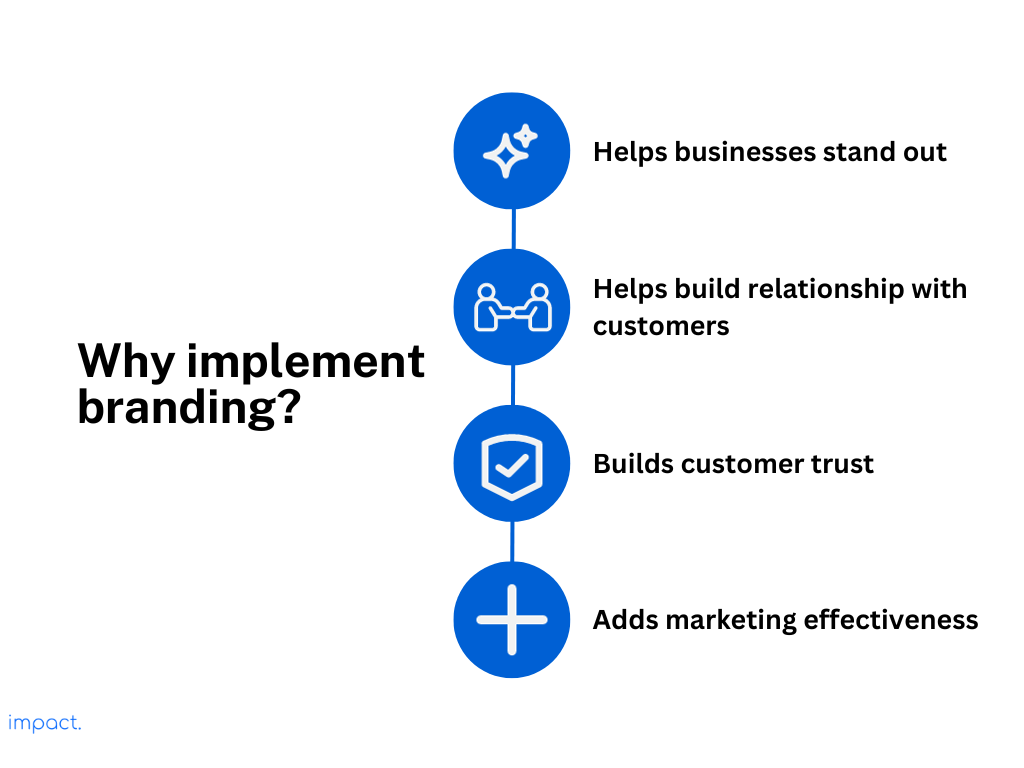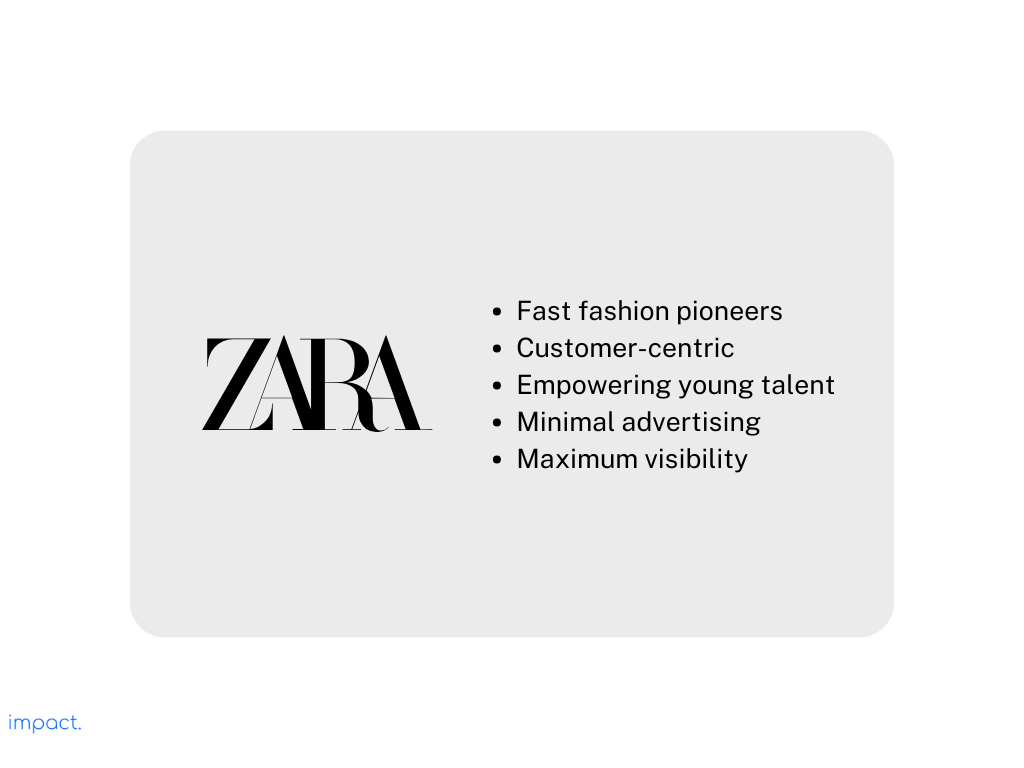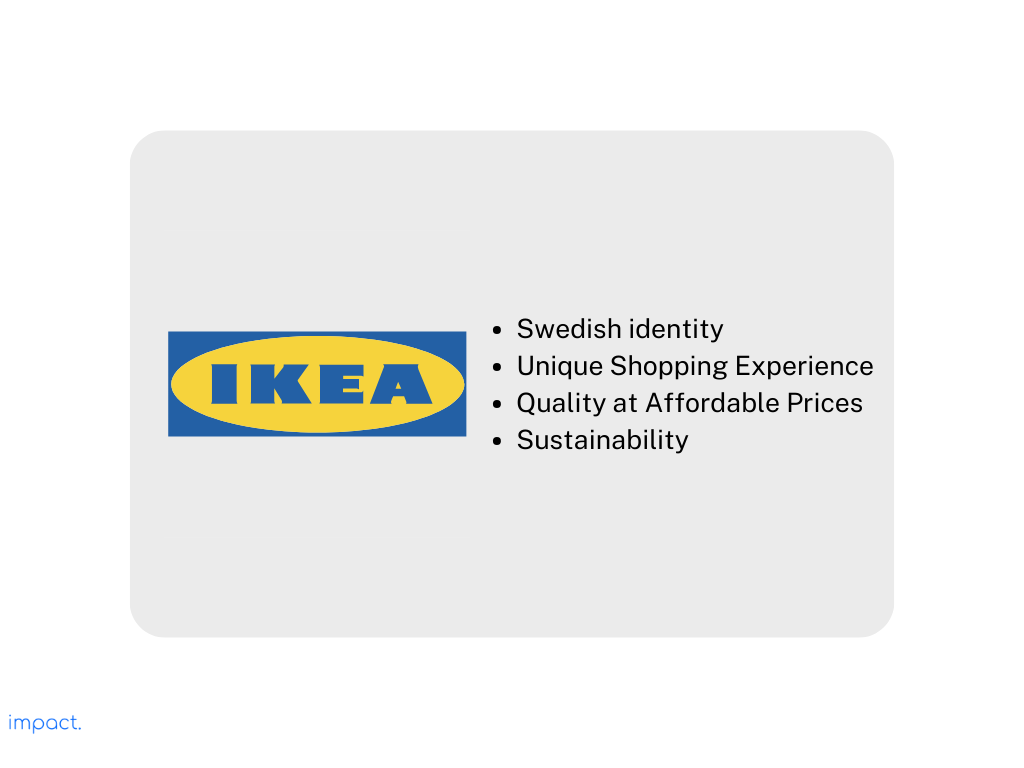Kanban: Definition, 6 Rules, and its Benefits
Kanban is a crucial part of the Just in Time (JIT) system, which we discussed…
Sean Thobias
May 17, 2025In the last chapter, we discussed the importance of improving the customer experience and training your staff for better service. In this chapter of our retail guide, we’ll dive into retail branding for your business.
For businesses, branding is a big deal. According to a 2021 report by Lucidpress, consistent branding can boost your revenue by up to 20%. If your brand doesn’t have a consistent look and feel, it might hold you back from connecting with customers and making sales. People tend to buy from brands they connect with and ones that seem genuine. It’s tough to communicate with a brand that keeps changing its appearance.
In this guide, we’ll explain why branding is so important and how to figure out your branding. We’ll also show you some great examples from well-known companies.
Let’s begin by defining what a brand is. A brand represents people’s mental image when they think about a company’s products or services. It encompasses not only practical aspects like the qualities of a product but also the emotions it stirs.
For instance, think about Apple. When you see their sleek, modern designs, it’s not just about user-friendly gadgets. Apple products also evoke feelings of sophistication and innovation.
You can’t copy a brand, unlike a product. Consider McDonald’s and Burger King. Both offer fast food products, yet some people strongly prefer McDonald’s, while others lean towards Burger King. There’s a unique charm to each brand that makes them stand out.
A brand is what people think about when they hear a company’s name or see its products. Branding is the strategy that shapes how people see your store, products, and services.
The goal is to make your company, products, or services stand out in people’s minds. When you do that, it’s easier for people to know your brand and choose your products over others because they remember what’s unique about your brand. Branding helps you build a strong group of loyal customers and others who trust that your products always do what your brand says they will.
In essence, branding goes way beyond the business itself. It has a significant impact on many different groups:
In today’s fast-paced and competitive business world, using branding strategies isn’t just a choice; it’s essential. These strategies form the core of your business’s success. They help you:

People always discover new brands in today’s fast-paced social media and online shopping world. It benefits consumers greatly, as they have lots of choices and can find the best ones. However, it’s becoming challenging for businesses.
If a business lacks strong branding, it can be challenging to stand out. Without a unique and memorable identity, people may not notice or remember the business, leading to missed opportunities for growth and customers.
In today’s changing consumer landscape, merely grabbing attention isn’t enough. Businesses can’t afford to be just transactional anymore. To truly excel, brands must forge strong, lasting customer bonds. When a brand connects with customers emotionally and truly understands their needs, it can offer remarkable experiences beyond price and convenience.
According to a Motista report, 71% of customers recommend a brand because they share an emotional connection with it. What’s more, emotionally connected customers tend to spend twice as much on their favorite brands. By nurturing these connections, brands cultivate loyal customers and a dedicated community. This community becomes their most valuable asset, driving repeat purchases, positive word-of-mouth, and long-term success.
Trust is crucial in business. A strong brand with a good reputation shows that your business is reliable and consistent, and this builds trust with your customers. People are likelier to choose a brand they know and trust, even if it costs more. However, earning trust isn’t always easy.
Branding helps you show potential customers you’re a well-established, trustworthy business. It’s like a promise to your customers about what they can expect from your business. Investing in creating a solid brand means, “We’ve put in the effort to improve our business, and we want you to know what we’re all about.” Customers notice details that build trust and attract business.
Lastly, your business needs branding and marketing to succeed. These two are like partners. To have effective marketing, you must start by building a solid brand.
When you have a strong brand, it makes your marketing easier. You don’t have to keep telling people about your company or products. A recognizable brand makes your marketing work better because customers already know what you offer.
Read more: Content Marketing: 7 Steps to Strategize for Success
Embarking on your branding journey is an exciting endeavor that can set the stage for your business’s success. To guide you on this path, let’s explore the five essential steps to kickstart your branding process.
To begin your branding journey, you must understand your business identity clearly. This step is like laying the foundation for your brand, and it’s crucial to get it right.
Once you’ve figured out what your business stands for, it’s time to focus on your customers. To create a strong brand, you need to understand them well.
Start by doing some research on the market. It means getting to know your industry, what your customers like, and how they shop. You should also check out what people say about your brand and your competition. Start your research on social media, review sites, and forums to find where your competition finds customers, what customers like about them, and what they’re not so good at.
To simplify things, you can categorize your customers based on their behavior and characteristics. Create what are known as “buyer personas.” These are similar to profiles of the people you want to sell to. These profiles should include fundamental details such as their age, location, and income.
It’s not enough to understand your customers’ demographics. You should also take the time to explore their interests, how they utilize your product, and which other brands they prefer. As you continue to run your business and make sales, you’ll gain a more profound comprehension of your customers.
Read more: Retail Marketing Success: 9 Key Strategies for Your Business
In this part of your branding journey, you must choose the right words to discuss your business. The aim is to make a message that tells people what your brand is about and speaks to your audience.
Start by creating a unique personality for your brand, which we call your “brand voice.” Your brand voice guides what you say and how you say it. It should be unique and reflect your company’s values. Keeping your brand voice consistent across all communication channels is essential because 90% of customers prefer a consistent brand voice.
To connect with your audience better, try using storytelling in your messages. Stories help people relate on a personal level. Storytelling can complement your values by explaining your brand’s existence and what it believes in.
Lastly, make sure your message is clear and straightforward. Avoid using confusing jargon or complicated words that might puzzle your audience. The best messages are easy to understand. Use words and phrases that your audience knows well.
The next thing to do is work on your brand visuals. Visuals are essential for your brand because they are the first thing people see to connect with your business. When people think about your company, they think about these visuals first.
Once you’ve figured out your brand – the look, the message, and who you are, it’s time to weave it into everything you do. This final step means making your brand a part of your products, how you talk to customers, your ads, and even your online material.
To keep it all consistent, make a style guide. It’s like a rulebook that says how your brand should talk, look, and feel. Your brand’s personality should shine through in everything you post on social media, every ad you run, and the design of your website.
If your brand isn’t achieving the desired results, consider making changes. In such cases, a “rebrand” can be a good approach, giving your brand a new appearance and feel. However, it is essential to tread carefully and test it before implementing it.
You can ask your current customers for feedback before making any changes. They are the ones who matter the most. You can also take the opinion of people similar to the new customers you want but don’t forget about your existing customers. They are your most important group.
Zara and IKEA are two globally recognized companies with notable branding. Here’s an overview of their approaches:
Zara, a fashion brand from Spain, started in 1975. It’s one of the most successful fashion brands globally, known for pioneering fast fashion. Zara wants to get people excited about fashion and reach people from various cultures and age groups.

Fast Fashion Pioneers:
Zara’s key to success is its agility in keeping up with ever-changing fashion trends. It’s the place where quality meets affordability. Zara closely monitors global fashion shifts and swiftly transforms them into fresh collections, often in just a week or two, setting it apart from competitors who take months.
Customer-Centric Approach:
Zara’s obsession with customers fuels its culture. It co-creates products by valuing customer input and encourages its store staff to be highly attuned to customer needs.
Empowering Young Talent:
Embracing an entrepreneurial spirit, Zara fosters young talent, promotes from within, and values risk-taking and fast implementation.
Minimal Advertising, Maximum Visibility:
Zara’s marketing stands out because of its great store locations, drawing in many shoppers instead of using traditional ads. Their eye-catching window displays, created by a skilled team, are critical to their communication. These displays are regularly changed to match the fast fashion idea. Zara employees wear Zara clothing while working, but the outfits differ in stores to match the local vibe.
IKEA is a global retail brand for well-designed, functional, affordable home furnishings that started in 1943. Its flat-packed furniture concept is all about saving money while providing quality furniture. Since 2008, IKEA has been the world’s largest furniture retailer.

Swedish Identity:
IKEA proudly carries its Swedish heritage, from design elements to product names like “Billy” and “Lack.” This Swedish connection symbolizes simplicity, affordability, and practical design. You also can’t miss IKEA with its blue and yellow colors.
Unique Shopping Experience:
IKEA stores are like a journey through a home. You can see how furniture fits into different living spaces. It helps you visualize how your home could be. Plus, you can bring the whole family and enjoy “happy home” activities like trying out furniture.
Quality at Affordable Prices:
IKEA is known for quality products at prices everyone can afford. This strategy creates trust and loyalty among customers.
Sustainability:
IKEA cares about the planet. They use renewable and recycled materials, and they’re working to be more eco-friendly. This approach matches what more and more customers want – products and practices that are good for the environment.
We’ve explored the pivotal role of retail branding in your business. We’ve highlighted the significance of consistent branding in boosting revenue and establishing meaningful connections with customers. Remember, a well-defined brand creates a lasting impression that helps you stand out in a crowded market, fostering loyalty and trust among your customer base.
As we move forward in our guide, our next chapter will explore retail marketing. It’s important to note that branding and marketing are intricately connected. The synergy between the two often propels successful businesses to new heights.
Impact Insight Team
Impact Insights Team is a group of professionals comprising individuals with expertise and experience in various aspects of business. Together, we are committed to providing in-depth insights and valuable understanding on a variety of business-related topics & industry trends to help companies achieve their goals.
75% of digital transformation projects fail. Take the right first step by choosing a trusted long-term partner.
